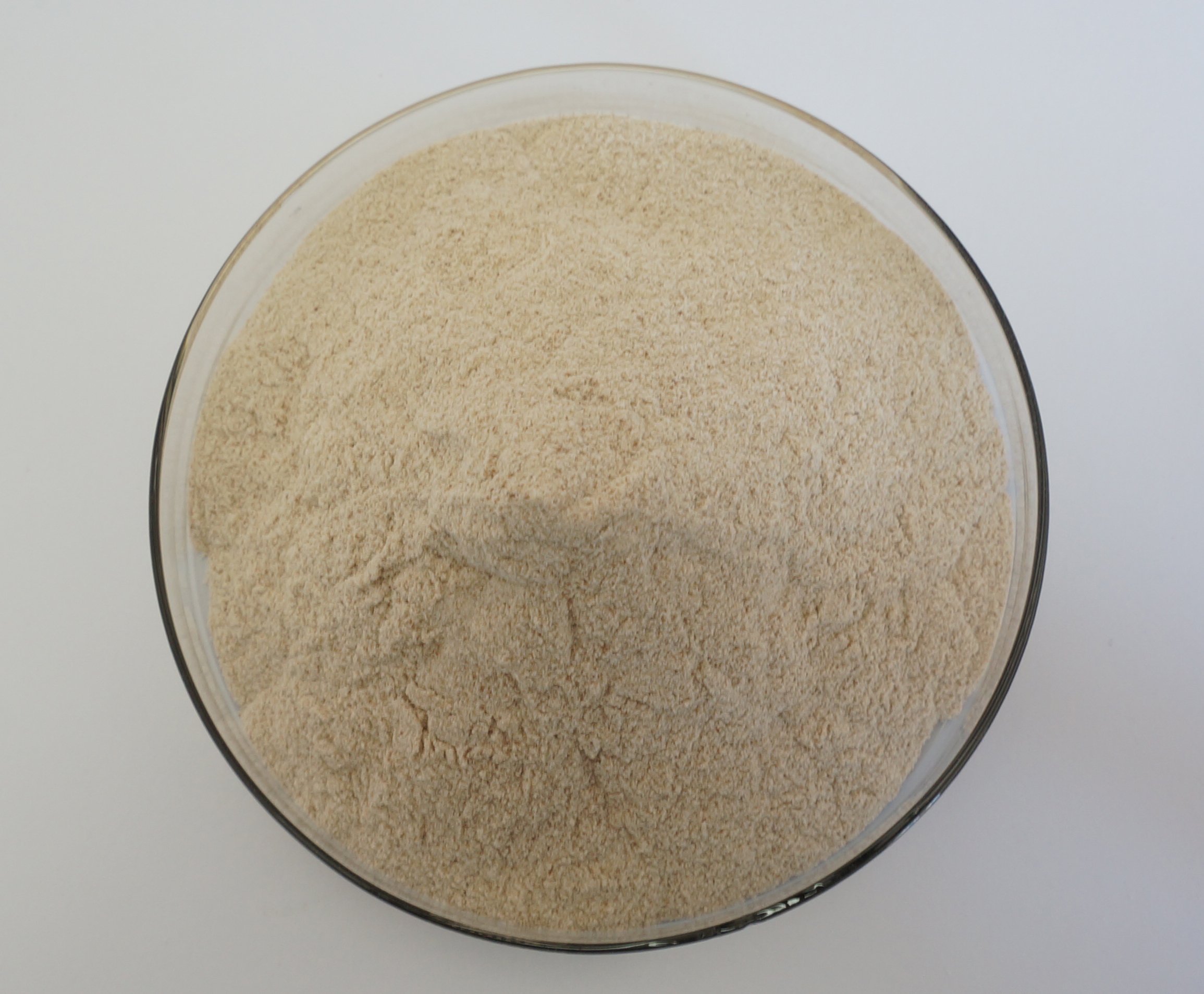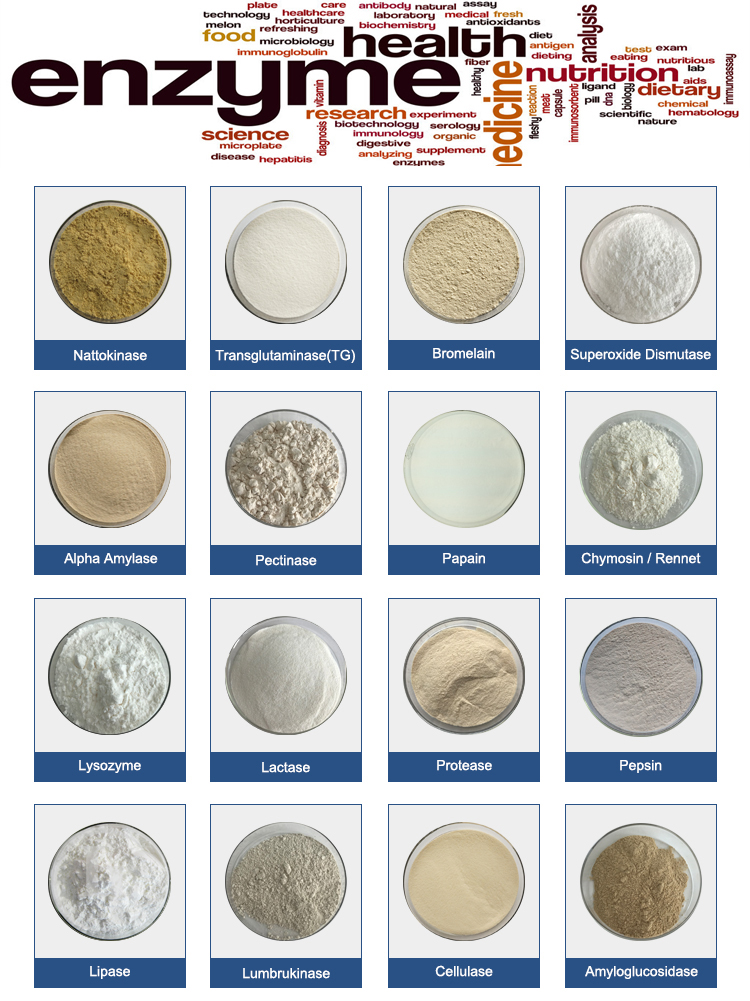Proteases, also known as peptidases or proteolytic enzymes, are enzymes that play a crucial role in the hydrolysis of peptide bonds in proteins and peptides. These enzymes are essential for a wide range of biological processes, including digestion, cellular regulation, and protein turnover. Proteases exhibit a diverse range of structures and physical properties, as they come in various forms and are found in different organisms. Here, I’ll provide a general overview of proteases and some common structural features and physical properties.

Chemical Structure of Proteases:
Amino Acid Composition: Proteases are proteins themselves, and they are made up of amino acid residues. The specific amino acid sequence and arrangement within the enzyme determine its catalytic activity.
Active Site: The catalytic activity of proteases is mainly attributed to a specific active site within the enzyme. This active site contains amino acid residues that directly participate in the hydrolysis of peptide bonds.
Catalytic Mechanism: Proteases utilize different catalytic mechanisms, including serine proteases, cysteine proteases, aspartic proteases, and metalloproteases. These mechanisms involve specific amino acids or metal ions to catalyze peptide bond hydrolysis.
Physical Properties of Proteases:
Size and Molecular Weight: Proteases can vary in size and molecular weight. Some are relatively small, while others are large and complex. The molecular weight can range from a few kDa to hundreds of kDa.
pH Optimum: The pH at which a protease exhibits its maximum activity can vary. For example, pepsin, a stomach protease, is most active at a highly acidic pH, while trypsin and chymotrypsin, which function in the small intestine, are active at a neutral to slightly basic pH.
Temperature Sensitivity: The temperature at which a protease is most active can vary. Many proteases function optimally at physiological temperatures, but some extremophiles produce proteases that are active at high temperatures (thermophilic proteases) or very low temperatures (psychrophilic proteases).
Substrate Specificity: Proteases can be highly specific or relatively non-specific in their substrate recognition. Some proteases cleave peptide bonds at specific amino acid residues, while others have broader substrate specificities.

Inhibitors and Activators: Proteases can be regulated by specific inhibitors or activators. For example, serine proteases are often inhibited by serine protease inhibitors, and some proteases are activated by cleavage of an inactive precursor enzyme.
Cofactors: Some proteases require cofactors, such as metal ions, for their catalytic activity. Metalloproteases, for instance, rely on metal ions like zinc for their function.
It’s important to note that the diversity in protease structures and properties is vast due to the wide range of biological functions they serve. Understanding these structural and physical properties is crucial for various applications, including drug design, biotechnology, and our understanding of biological processes.
